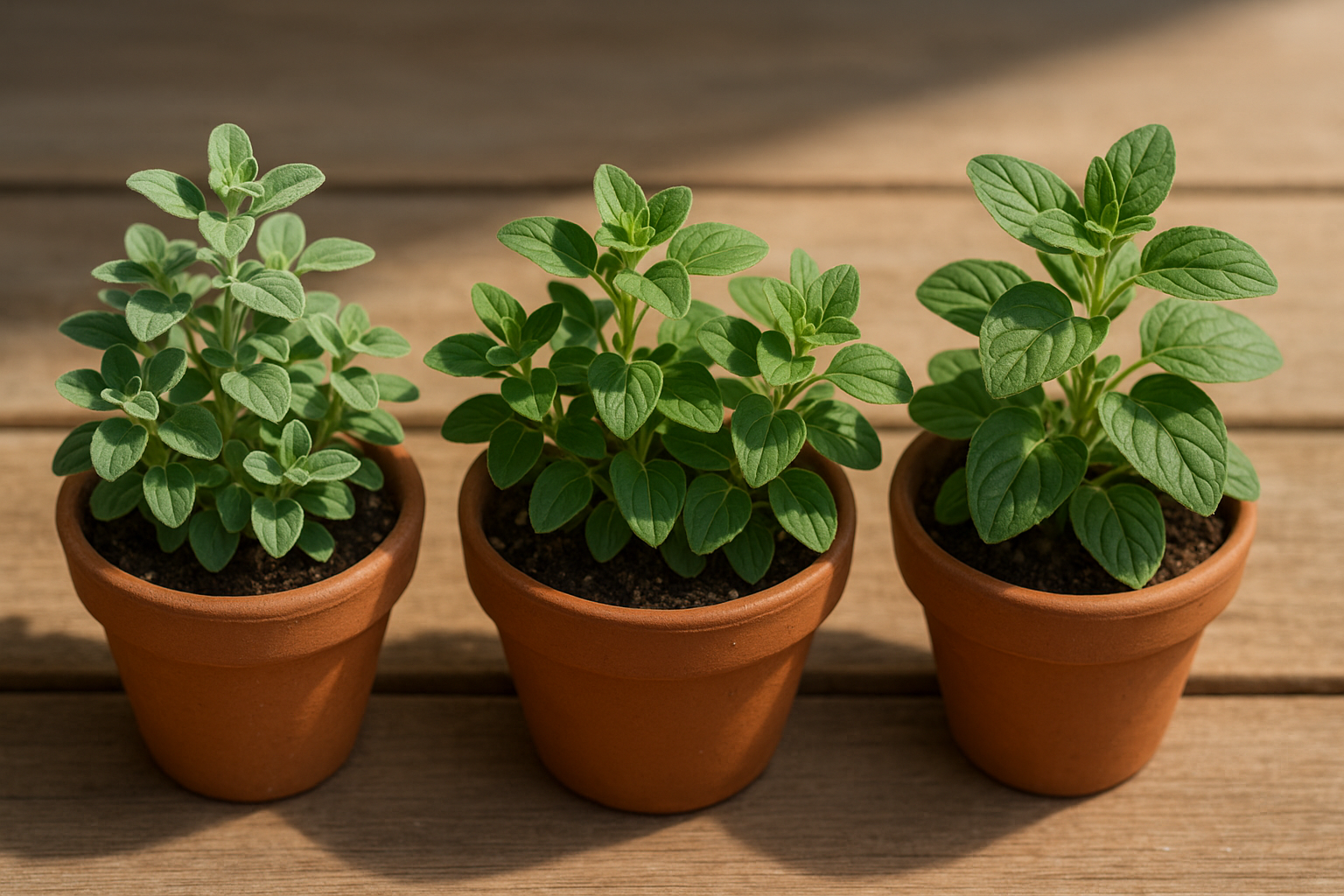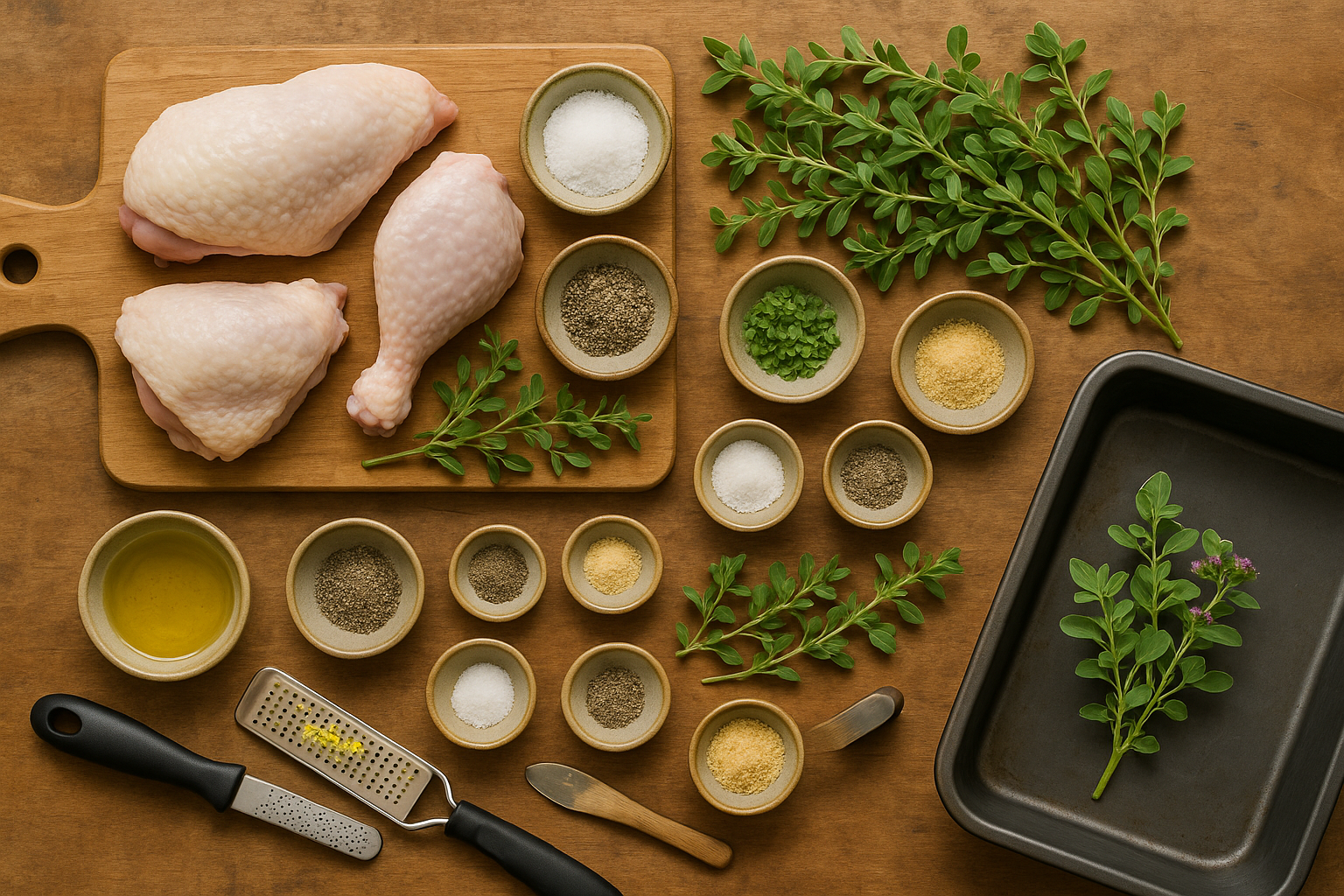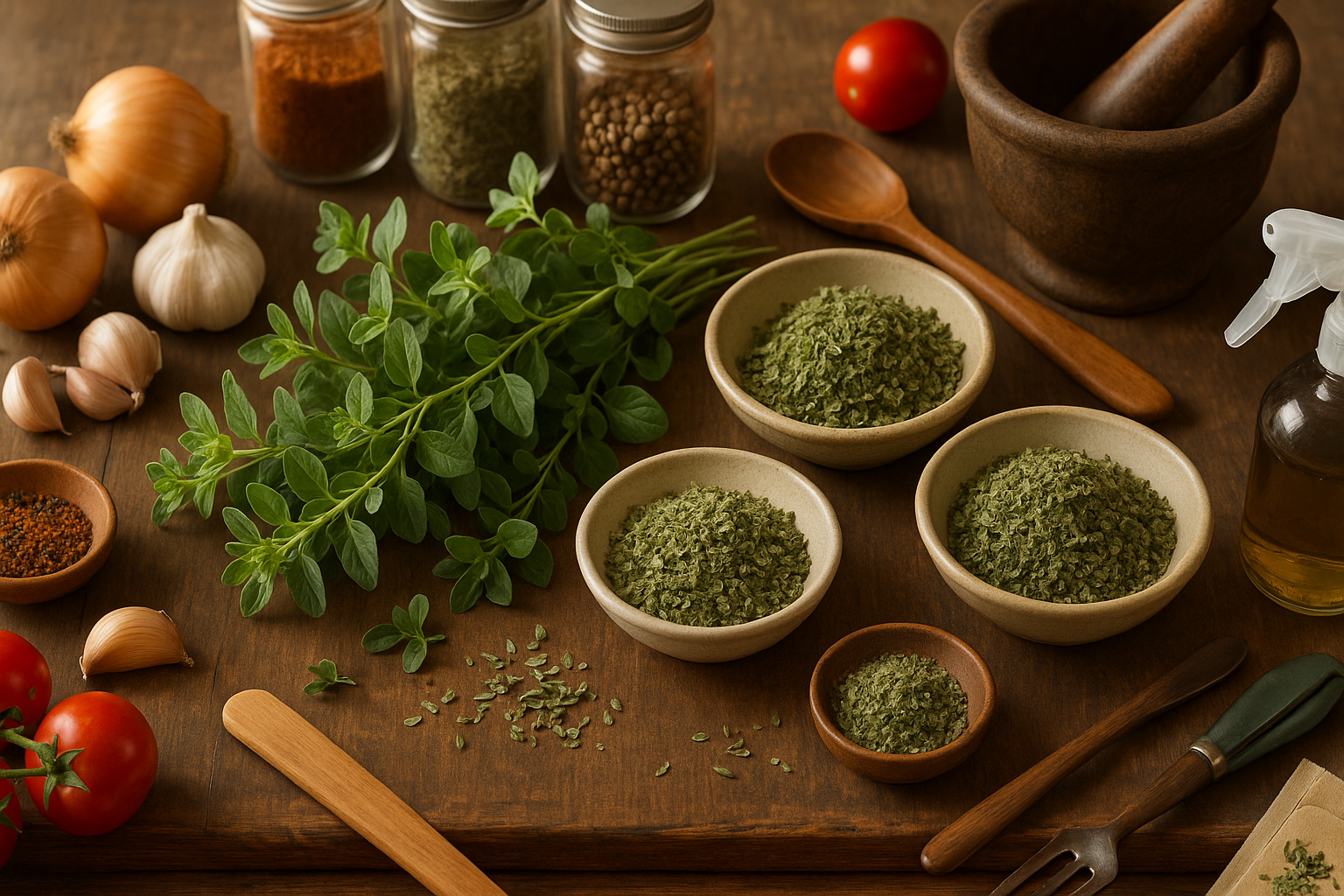What is Marjoram?

Cooking with marjoram opens the door to a world of aromatic flavors that have been cherished for centuries. Marjoram (Origanum majorana) is a fragrant herb from the mint family, closely related to oregano but milder and slightly sweeter in taste.
Originally native to the Mediterranean region, marjoram has a rich history dating back to ancient Greece and Rome, where it symbolized joy and was used in both culinary dishes and medicine. Today, it remains a favorite in European and Middle Eastern cuisines, prized for its ability to enhance soups, sauces, meats, and vegetable dishes.
Varieties of Marjoram
There are three main varieties commonly used:
- Sweet marjoram: With its delicate, citrus-like aroma and soft, oval leaves, it is the most popular for cooking.
- Wild marjoram: Better known as oregano, it delivers a bolder, spicier flavor profile.
- Pot marjoram (Origanum onites): Falls somewhere between the two in flavor and is often grown as both an ornamental and culinary herb.
Whether you use it fresh or dried, understanding these varieties will help you make the most of this timeless ingredient in your kitchen.
What Does Marjoram Taste Like?
Marjoram has a delicate, sweet flavor with subtle floral and citrus notes, making it gentler and less pungent than its close cousin, oregano. While oregano delivers a bold, peppery punch that’s almost spicy, marjoram is milder and smoother, allowing it to blend seamlessly into dishes without overpowering other ingredients.
Compared to thyme, marjoram is less woody and sharp, offering a softer herbal taste that’s fresh and slightly reminiscent of pine, but with a sweetness uniquely its own. The aroma of marjoram is inviting—light, fragrant, and slightly reminiscent of lavender.
When using fresh marjoram, you’ll notice its flavor is brighter and more nuanced, ideal for finishing salads or adding at the end of cooking. Dried marjoram, on the other hand, has a more concentrated earthiness but can lose some of those delicate citrus and floral notes, so it’s best used in slow-cooked dishes where its gentle warmth can develop.
Culinary Uses for Marjoram
Marjoram is a versatile herb that lends a gentle, sweet flavor to a surprising variety of dishes. In the kitchen, it’s often sprinkled into soups and stews—try it in a classic chicken soup or a hearty vegetable broth for an aromatic lift.
Marjoram pairs especially well with meats like lamb, pork, and chicken. Add it to marinades or rubs for a Mediterranean flair, or try roasting potatoes and root vegetables with a dusting of marjoram for a simple, tasty side.
When making sauces, especially tomato-based ones like those in Italian cuisine, stir marjoram in during the last few minutes of cooking. This helps preserve its bright, floral notes, since prolonged heat can cause the delicate flavors to fade.
Marjoram shines in famous herb blends, too: it’s a key component in French herbes de Provence and Middle Eastern za’atar, bringing depth to salads, grilled meats, and flatbreads.
For best results, add fresh marjoram at the end of cooking or sprinkle it over finished dishes. When using dried marjoram, add it earlier so it has time to release its flavor.
Whether you’re making Greek moussaka, Turkish kebabs, or a simple omelet, marjoram’s subtle taste can transform your favorite recipes with ease.
Fresh vs. Dried Marjoram: What’s the Difference?
Fresh marjoram features soft, bright green leaves with a milder, slightly floral flavor, making it a perfect garnish for salads, dressings, and last-minute additions to dishes like roasted vegetables. Dried marjoram, in contrast, is darker and more brittle, offering a concentrated, robust taste that holds up well in slow-cooked stews, soups, and sauces.
If you’re deciding between the two, use fresh marjoram when you want subtlety and a visual pop—think summer tomato salads or herbed butters. Dried marjoram shines in recipes requiring longer cooking times, as its flavor intensifies the longer it simmers.
When substituting, keep in mind that dried marjoram is more potent: use one-third the amount of dried compared to fresh. For example, if your recipe calls for one tablespoon of fresh marjoram, use just one teaspoon of dried.
Store dried marjoram in a cool, dark place for up to a year, while fresh marjoram should be refrigerated and used within a week for the best flavor and quality.
Marjoram Substitutes
If you’re out of marjoram, don’t worry—there are several easy substitutes you probably already have in your spice rack. Oregano is the closest match, offering a similar earthy flavor but with a slightly more robust and peppery punch. Use about three-quarters of the amount of oregano as you would marjoram to avoid overpowering your dish.
Thyme is another solid alternative, lending a mild, slightly minty note; you can swap thyme in at a 1:1 ratio.
For recipes where a softer, sweeter touch is needed—like in tomato sauces or Mediterranean dishes—basil can work in a pinch, though it’s milder and more aromatic. Try using a bit more basil than marjoram to balance flavors.
Taste as you go and remember, each herb brings its own personality, so adjust according to your recipe’s needs.
Health Benefits & Storage Tips
Marjoram is a fragrant herb packed with health benefits, making it a valuable addition to any kitchen. Traditionally, marjoram has been used to support digestion, soothe cold symptoms, and ease stress thanks to its natural anti-inflammatory and antimicrobial properties. Some cultures brew it as a calming tea or add it to stews and soups for both flavor and wellness.
To keep marjoram fresh, store unwashed sprigs in the refrigerator wrapped loosely in a damp paper towel and placed in a plastic bag. This way, fresh marjoram can last up to a week. Dried marjoram should be stored in an airtight container in a cool, dark cupboard, away from heat and sunlight, where it can maintain its potency for up to a year.
You’ll know it’s time to replace marjoram when the leaves turn brown, lose their aroma, or feel soggy or brittle. Using marjoram past its prime can dull your dishes and diminish its health benefits, so always check for freshness before use.
Easy Recipes With Marjoram

Marjoram is a wonderfully versatile herb that can elevate everyday meals with its mild, earthy flavor.
Simple Roast Chicken
Rub chicken pieces with olive oil, then sprinkle salt, pepper, garlic powder, and a generous pinch of marjoram before roasting. Add lemon zest for extra brightness.
Vegetable Soup
Toss in a teaspoon of dried marjoram with onions and carrots while sautéing, then adjust to taste at the end. Marjoram pairs especially well with potatoes, beans, and tomatoes.
Easy Homemade Salad Dressing
Whisk together olive oil, vinegar, a touch of honey, crushed garlic, and a pinch of marjoram for an herby twist.
Tips for Customizing Recipes
- Blend marjoram with herbs like thyme or oregano for a Mediterranean flavor.
- Add a sprinkle just before serving for a fresh pop.
- Since marjoram is milder than oregano, it’s best added at the end of cooking to preserve its delicate aroma and avoid overpowering other flavors.
- Taste as you go, and remember a little goes a long way, especially when blending with stronger herbs like rosemary or basil.
